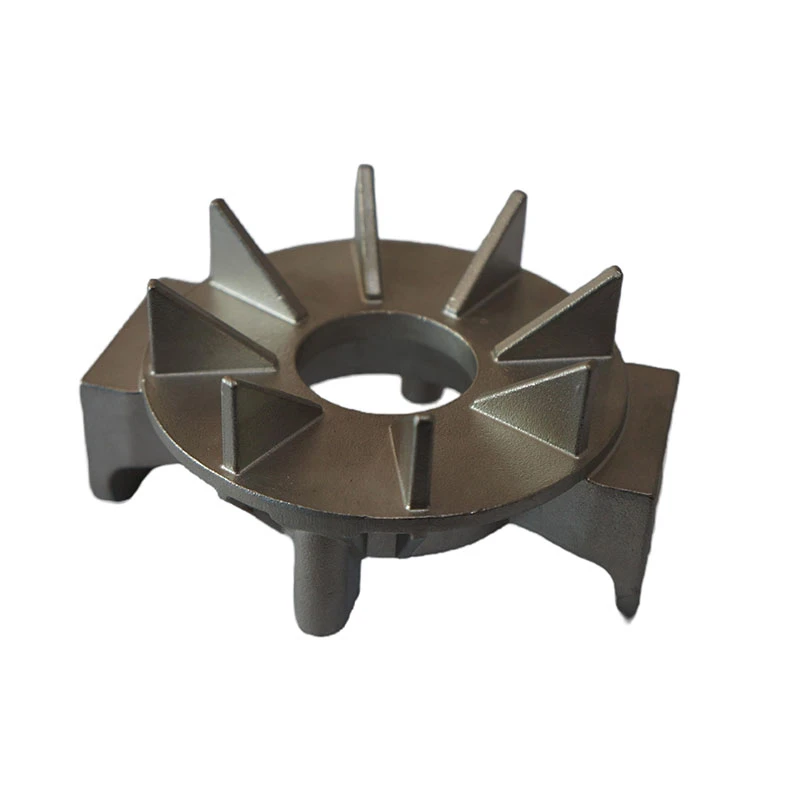Differences Between Green Sand Casting and Dry Sand Casting Techniques
Green Sand vs. Dry Sand Casting Understanding the Key Differences
Casting is a fundamental process in manufacturing that involves pouring molten metal into a mold to produce a desired shape. Among the various types of casting methods, green sand casting and dry sand casting are two of the most widely used techniques. Each has its unique properties, advantages, and applications, making them suitable for different projects. In this article, we will delve into the differences between green sand and dry sand casting, exploring their composition, processes, advantages, and ideal applications.
What is Green Sand Casting?
Green sand casting utilizes a mixture of sand, clay, water, and other additives to create molds. The term green refers to the fact that the sand mold is not baked or cured in any way, meaning it retains some moisture. This moisture helps the sand particles stick together, allowing for the formation of complex shapes. The primary components of green sand include silica sand, bonding clay (typically bentonite), and water.
The process begins by mixing these components to achieve the right consistency. Once the mixture is ready, it is packed around a pattern of the desired product, creating a mold. After the mold is formed, molten metal is poured into it. Once the metal solidifies, the sand mold is broken away to reveal the final casting.
What is Dry Sand Casting?
In contrast to green sand casting, dry sand casting employs a sand mixture that contains a higher proportion of bonding agents and is baked or hardened before the molten metal is poured. This process involves using mixtures that often include silica sand, resin, and hardeners. Once the mold is prepared, it is heated in an oven, allowing the binder to cure and solidify the sand particles.
The key difference here is that the dry sand is fully cured before casting, providing greater strength and stability during the pouring process. The molds created using dry sand are often finer, providing superior surface finishes on the final product.
Key Differences
1. Moisture Content - Green Sand Contains moisture and is not cured. The water content helps with mold strength temporarily. - Dry Sand Is fully dry and has a higher percentage of bonding agents, resulting in a more durable mold.
green sand vs dry sand casting

2. Mold Strength - Green Sand Suitable for simpler shapes; may allow some distortion during metal pouring. - Dry Sand Offers higher mold strength and stability, making it ideal for complex or large castings.
3. Surface Finish - Green Sand Generally offers a rougher surface finish, which may require additional machining. - Dry Sand Produces a smoother surface, reducing the need for post-casting processes.
4. Production Speed - Green Sand Faster mold preparation; ideal for high-volume production with simpler shapes. - Dry Sand Slower preparation due to the curing process, better for low-volume, high-quality production.
5. Cost - Green Sand Generally less expensive due to lower material and labor costs. - Dry Sand More costly, as it involves additional materials and curing processes.
Applications
Green Sand Casting is commonly used in the production of automotive parts, industrial equipment, and agricultural machinery. Its cost-effectiveness and speed make it the go-to choice for high-volume runs.
Dry Sand Casting, on the other hand, is more suitable for applications requiring intricate designs and high-quality surface finishes, such as in aerospace components, art sculptures, and high-performance machinery.
Conclusion
Both green sand and dry sand casting have their respective strengths and applications. The choice between the two methods ultimately depends on the specific requirements of a project, including the complexity of the design, the desired surface finish, production volume, and budget considerations. Understanding these differences enables manufacturers to select the best casting method for their needs, ensuring optimal results in metal casting projects.
-
Precision Sheet Metal Stamping Manufacturer | Fast & ReliableNewsAug.01,2025
-
OEM Sand Cast Pump Valve Fittings - Baoding Hairun Machinery And Equipment Trading Co., Ltd.NewsAug.01,2025
-
Custom OEM Impellers | High Efficiency & PrecisionNewsAug.01,2025
-
OEM Sand Cast Pump Valve Fittings - Baoding Hairun Machinery | Customization, Quality AssuranceNewsAug.01,2025
-
OEM Sand Cast Pump Valve Fittings - Baoding Hairun Machinery And Equipment Trading Co., Ltd.NewsAug.01,2025
-
OEM Sand Cast Pump Valve Fittings - Baoding Hairun Machinery And Equipment Trading Co., Ltd.NewsJul.31,2025















